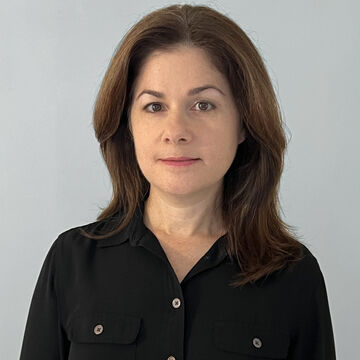

Karen Azarnia
Assistant Professor, Adjunct
Contact
Bio
Education: BFA, Rhode Island School of Design. MFA, The School of The Art Institute of Chicago 2008. Exhibitions: Visual Arts Gallery, Governors State University, University Park, IL; Olivet Nazarene University, Bourbonnais, IL; TSA Chicago, IL; Riverside Arts Center, Riverside IL; Young Space, Brooklyn, NY; Terrain, Oak Park, IL; Ukrainian Institute of Modern Art, Chicago, IL; Abryant Gallery, Chicago, IL; Union League Club, Chicago, IL; Nebraska Wesleyan University, Lincoln, NE; Highland Park Art Center, Highland Park, IL. Heaven Gallery, Chicago, IL Bibliography: Chicago Tribune, Chicago Reader, Hyperallergic, The Huffington Post, Newcity Art, Chicago Woman Magazine, Comp Magazine.
Personal Statement
Karen Azarnia is a painter, educator, and independent curator. Born in Miami, FL, she currently lives and works in Chicago. She is an Adjunct Assistant Professor in the Department of Painting and Drawing at the School of the Art Institute of Chicago.
Azarnia explores time through the lens of memory, home, and natural life cycles. Inspired by an archive of personal photographs, videos, and drawings, the canvas surfaces are poured, wiped, scraped and layered. At once embracing and pushing against art historical tradition, the work operates in the slippage between abstraction and representation, focusing on the play between description of form and gesture of mark. Evoking a dream-like quality, they are a reminder of the basic human emotions that connect us all, and the fluidity of human perception.